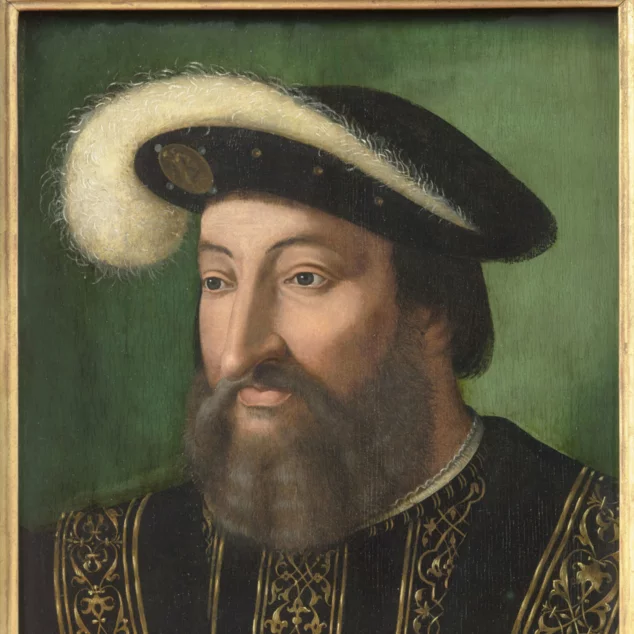History
article | Reading time4 min
History
article | Reading time4 min
Castle of If is one of those monuments where fiction has taken over from reality, and a talented novelist’s imagination has taken charge. “Château d’If”? “The Count of Monte-Cristo”, obviously. The answer never varies. It shall ever be so!
Alexandre Dumas was very familiar with Marseille. He’d been there a number of times on his many travels, and he liked this cosmopolitan city, inhabited by people from every corner of the globe. Don’t forget that Dumas was himself what was called a “quadroon”, as his paternal grandmother was a slave from Saint-Domingue (now Haiti).
Alexandre Dumas was also a political activist xho took an interest in prison conditions. Naturally, he wanted to know more about the dreadful Castle of If, which he knew all the better because his father's best friend General Kléber was imprisoned there. Or at least his corpse, but that's another story!
© Gallica / BNF
1841 : Alexandre Dumas is in Florence. He regularly visits Jérôme Bonaparte, Napoleon Ist younger brother. Prince Jérôme asks the novelist to accompany his son, Napoléon, on a voyage of discovery in Italy. After visiting the island of Elba, the two men toured the nearby island of Monte Cristo. For Alexandre Dumas, it's the final piece of the puzzle. Everything falls into place!
The novel he had been imagining for some time took shape: his hero would be from Marseilles, unjustly imprisoned in the Château d'If, escape, find a fabulous treasure on the island of Monte-Cristo and, changing his name, become the terrible avenger of the same name! The father of the Three Musketeers was partly inspired by a short story unearthed in the "Memoirs from the Police Archives", which tells a tale of betrayal and revenge.
© CMN
The novel was published in 1844 as a serial novel, part of which appeared weekly in the Journal des débats. It was completed in January 1846. The author was paid for each contribution. It's worth noting that Alexandre Dumas was not only a brilliant novelist, but also a shrewd negotiator who managed his income perfectly. The result is a novel that can only be described as a river!
It was a phenomenal success, with editions and translations in every language. A theatrical adaptation saw the light of day in 1848. Visitors flocked to the Castle of If when the prisons were empty. So much so, in fact, that the castle's guards themselves dug the famous tunnel linking Dantès and Faria's cells, to keep tourists dreaming! A bit like you today.
© CMN
First and foremost, there are 100,000 visitors to the Château d'If every year. And make no mistake, the vast majority of them come to discover Edmond Dantès' sinister prison. Russians, Chinese and Japanese are not the last. Did you know that the famous novel was the bedside book of Mao Zedong's widow?
In the early days of cinema, the novel was adapted for the big screen in 1908. Pierre Brasseur and Jean Marais played the Count. More recently, Jacques Weber and Gérard Depardieu have also appeared on television. Cartoons and video games still draw inspiration from it today. Episode 11 of season 18 of The Simpsons, "Revenge is a dish best eaten three times", is a laugh riot!
The story has also been used inoperas and musicals. Not to mention comic books from every continent. Not to mention sequels, pastiches and free inspiration... But if you want first-hand information, the Castle of If is the place to be! Although… Watch out your imagination doesn’t play tricks on you!
© Carlo Rispoli / Segni d'Autore







